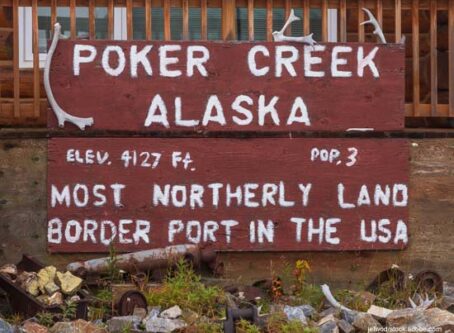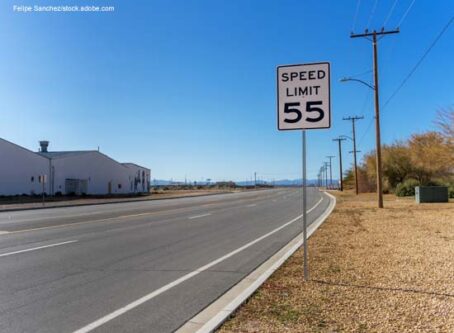Arizona DOT expands use of truck screening technology
In an effort to keep compliant trucks moving, the Arizona Department of Transportation has expanded its use of truck screening technology.
According to an ADOT news release, the department will be using its truck-screening technology and commercial ports of entry. Used to determine weight and identifying information while on the move, the truck screening technology has been use only at certain rest areas. Those rest areas are McGuireville on Interstate 17, Sacaton on Interstate 10 and Canoa Ranch on Interstate 19.
Now, the truck-screening technology is being used at the commercial ports of entry along Interstate 10, Interstate 40 and state Route 95 in Parker.
Truck-screening technology includes weigh-in-motion sensors, cameras that are designed to read U.S. Department of Transportation numbers and license plates, and message signs.
Ports in Ehrenberg and San Simons on Interstate 10 have a bonus feature. At those locations, the truck-screening technology identifies truck tires that are damaged or need repairs.
Truckers will notice highway signs directing them into the right lane when approaching a port of entry. About a half mile from the port, the weigh-in-motion sensors and cameras determines the truck’s weight and identifying information. Simultaneously, that information is sent to ADOT Enforcement and Compliance officers.
Additionally, the truck screening system will check the truck’s information with national and state databases. Truckers that are compliant will be directed to bypass the port. However, if the system finds an issue, the trucker highway signs will direct the driver to pull into the port for further inspections. Potential issues include, but are not limited to, expired registration, out-of-service orders or required permits not on file.
While the truck-screening technology makes a trip easier for compliant truckers, it will also help state planning. According to ADOT, size and weight information will be stored to help ADOT’s Multimodal Planning Division make better-informed decisions regarding Arizona’s highway system.
Related stories:
- Upgrades to Mariposa port of entry to improve traffic flow.
- Arizona bill to limit port of entry enforcement is sidetracked.
- Arizona DOT installs three more weigh-in-motion sensors near Yuma and Gila Bend.









